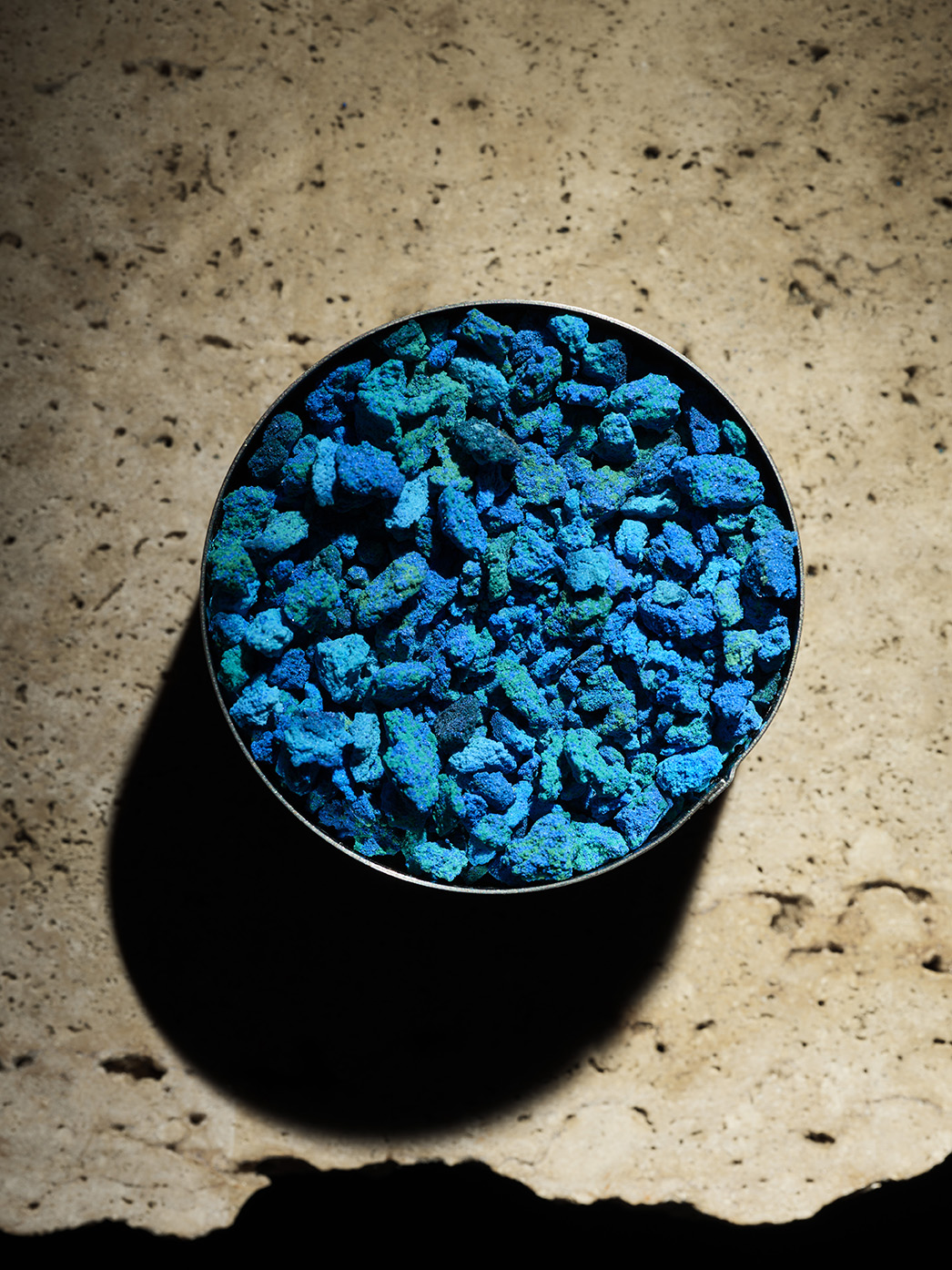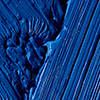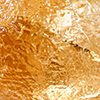Egyptian Blue pigment

THIS WAS THE FIRST SYNTHETICALLY PRODUCED COLOUR.
Invented at around the same time as the Great Pyramids were being built, Egyptian blue’s creation dates back about 5000 years. The Ancient Egyptians believed blue was the colour
of the heavens and because of the rarity of naturally occurring blue minerals like azurite and lapis lazuli, they devised a way to manufacture the colour themselves.
Egyptian blue was not produced by blind chance: it was created with precision. Made by heating lime, copper, silica and natron, the pigment’s invention was a development of the ceramic glaze processes. The Egyptians controlled the firing of the raw materials with amazing accuracy, holding their kilns at a crucial temperature close to 830°C.
The famous crown of Queen Nefertiti owes its colour to Egyptian blue and the pigment was used extensively for painting murals, sculptures and sarcophagi. It spread from Egypt to Mesopotamia, Greece and the outer reaches of the Roman Empire and was used at the palace at Knossos, in Pompeii and on Roman wall paintings. Known to the Romans as caeruleum (from which the colour cerulean derives its name), it was widely used throughout the Classical Age, but the knowledge of how to make it was lost with the fall of the Roman Empire.
Discoveries made by Napoleon’s 1798 Egyptian expedition led to further investigation of Egyptian blue; and eventually, in the 1880s, the chemical composition of the pigment was identified and the manufacturing process was recreated.




